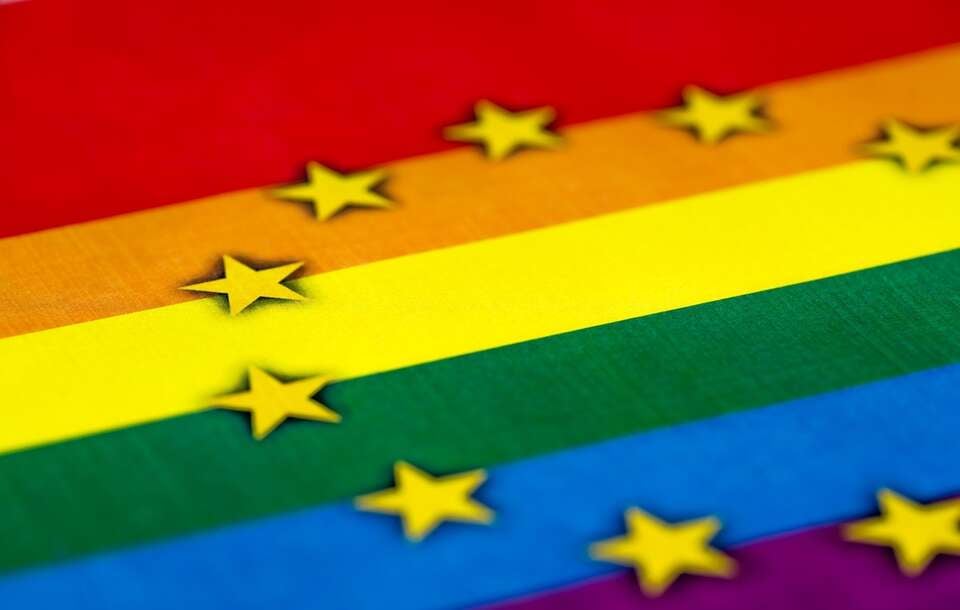
The European Union is set to introduce revolutionary changes in healthcare and environmental protection, effective from 2025. These new regulations will primarily affect the use of materials in dentistry and the lighting industry, as part of a broader strategy to eliminate harmful substances from daily life.
A Mercury-Free Dentistry
Dental clinics will be significantly impacted, with a complete ban on the use of mercury-containing dental amalgams. Poland has been ahead of the curve, having introduced these regulations in October 2022 in facilities cooperating with the National Health Fund (NFZ). Other member states, such as the Czech Republic and Slovakia, have been granted an extension until the end of June 2026 to comply with the new requirements.
A Brighter, Greener Future
The new regulations are part of the EU’s comprehensive strategy to achieve a „zero pollution” goal. The reform will also extend to the lighting sector, with a ban on the production, import, and export of certain categories of mercury-containing lamps by 2027. Traditional solutions will be replaced by modern alternatives, such as LED diodes.
The Impact on Healthcare and the Environment
The introduction of these regulations may significantly affect the availability and costs of dental services. The need to use alternative materials may initially lead to an increase in treatment prices, which could disproportionately affect low-income individuals and limit their access to dental care.
However, these changes may also raise health awareness in society. As people become more aware of the type of dental materials used and their impact on health, they may make more informed choices when it comes to dental care.
A Shift in Consumer Behavior
The transformation in the lighting industry may have an impact on household and business budgets. The need to replace traditional light sources with energy-efficient alternatives may initially generate additional costs, but it is expected to bring long-term energy savings.
Increased environmental awareness may lead to changes in consumer behavior and a greater interest in eco-friendly products. This could result in the development of new industries specializing in the production of mercury-free materials and devices, creating new job opportunities in the green technology sector.
Statistics and Data
According to the European Commission, the new regulations are expected to reduce mercury emissions by 95% by 2027. The EU’s goal is to minimize the use of hazardous chemicals in products and increase the use of environmentally friendly alternatives.
In Poland, the NFZ has reported a significant decrease in the use of mercury-containing dental amalgams since the introduction of the regulations in 2022. The country is expected to be fully compliant with the EU’s new regulations by 2025.
A Greener Tomorrow
The EU’s groundbreaking changes mark a significant step towards a healthier and more environmentally friendly future. As the world becomes increasingly aware of the importance of sustainability and eco-friendliness, these regulations are a crucial step in the right direction.
By 2027, the EU aims to reduce mercury emissions by 95%, a goal that is expected to have a significant impact on the environment and public health. As the world watches, the EU is setting a precedent for other regions to follow, paving the way for a greener, healthier future for all.

 3 miesięcy temu
3 miesięcy temu













